Private First Class Robert Bass
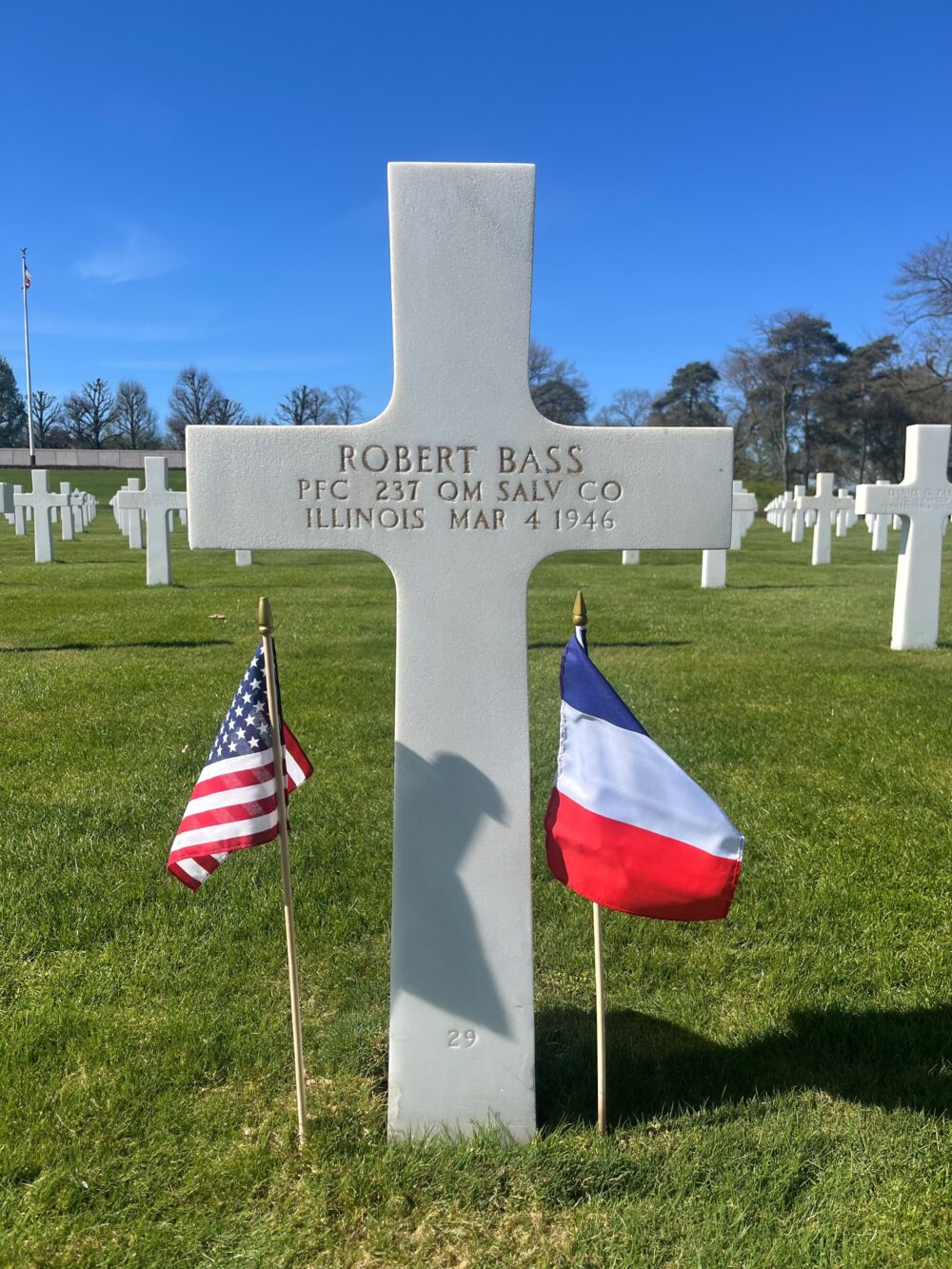
- Unit: 8th Infantry Division, 237th Quartermaster Salvage Collecting Company, 5th Battalion, Company B
- Service Number: 46018100
- Date of Birth: October 10, 1926
- Entered the Military: October 10, 1944
- Date of Death: March 4, 1946
- Hometown: Wilmar, Arkansas and Chicago, Illinois
- Place of Death: Bamberg, Germany
- Award(s): World War II Victory Medal, American Campaign Medal
- Cemetery: Plot A, Row 31, Grave 29. Lorraine American Cemetery, Saint Avold, France
National History Day (College Park, Maryland)
2024/2025
Early Life
Robert Bass was born in Wilmar, Arkansas, on October 10, 1926, to Roberta and Sam Bass. Robert had an older brother named Clarence. Eventually, the Bass family moved to the south side of Chicago, Illinois, on South Vincennes Avenue in Bronzeville, a predominantly African American neighborhood. Before serving in World War II, Robert worked for CB&Q Railroad in Chicago.

Homefront
Black Population Growth in Chicago
During World War II, African Americans migrated from the southern United States to northern cities like Detroit, Chicago, and New York. This movement was known as the Great Migration. The African American population in Chicago grew by more than 500,000 between 1940 and 1960.
The Bronzeville neighborhood of Chicago became the center of a rich cultural renaissance from the 1910s through the 1940s. Bronzeville was also home to many influential people, including Gwendolyn Brooks, Richard Wright, Louis Armstrong, Bessie Coleman, and Ida B. Wells, during this time period.
Jobs and War Production in Chicago During World War II
By the late 1930s, many people in Chicago were unemployed because of the Great Depression. Many workers began to join unions and united across race, ethnicity, and industry. By 1940, one-third of workers in Chicago’s manufacturing industry joined unions.
New federally funded jobs and services under President Franklin D. Roosevelt reinforced Democratic loyalty among new voters. Federal funds contributed to the construction of parks, schools, and roads. By the 1940s, war production orders effectively ended the Great Depression.
The value of war goods produced in Chicago ranked only second to Detroit because of its diverse industrial base. Over 1,400 companies produced supplies that included field rations, parachutes, and torpedoes. Aircraft plants employed 100,000 workers who made engines, aluminum sheeting, bombsights, and other components.
The Douglas-Chicago plant, where O’Hare International Airport is now located, produced 654 C-54 Skymaster transports. Over half of all military electronics used in World War II came from 60 local Chicago plants. These plants created jobs that attracted 60,000 African Americans from the southern United States and an equal number of Japanese Americans released from desert detention camps to Chicago for work. People who were physically disabled, the elderly, and women also sought work in these Chicago plants during World War II.
Victory Garden Program in Chicago During World War II
Chicago also led the nation in urban food production with its Victory Garden program. This program included 1,500 community gardens and more than 250,000 home gardens. Chicago’s North Park neighborhood was home to the largest Victory Garden in the United States. This successful program served as an example to other communities throughout the United States.
Typical Victory Gardens included fresh fruits and vegetables like carrots, green and yellow snap beans, lima beans, broccoli, beets, tomatoes, corn, and squash. Since the growing season in Chicago is short, canning was encouraged to preserve the harvest.
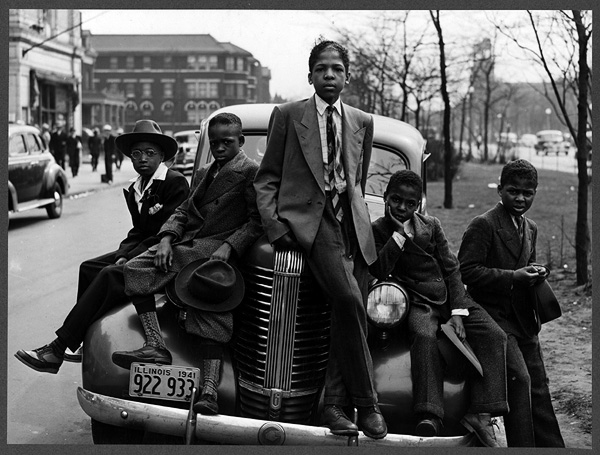

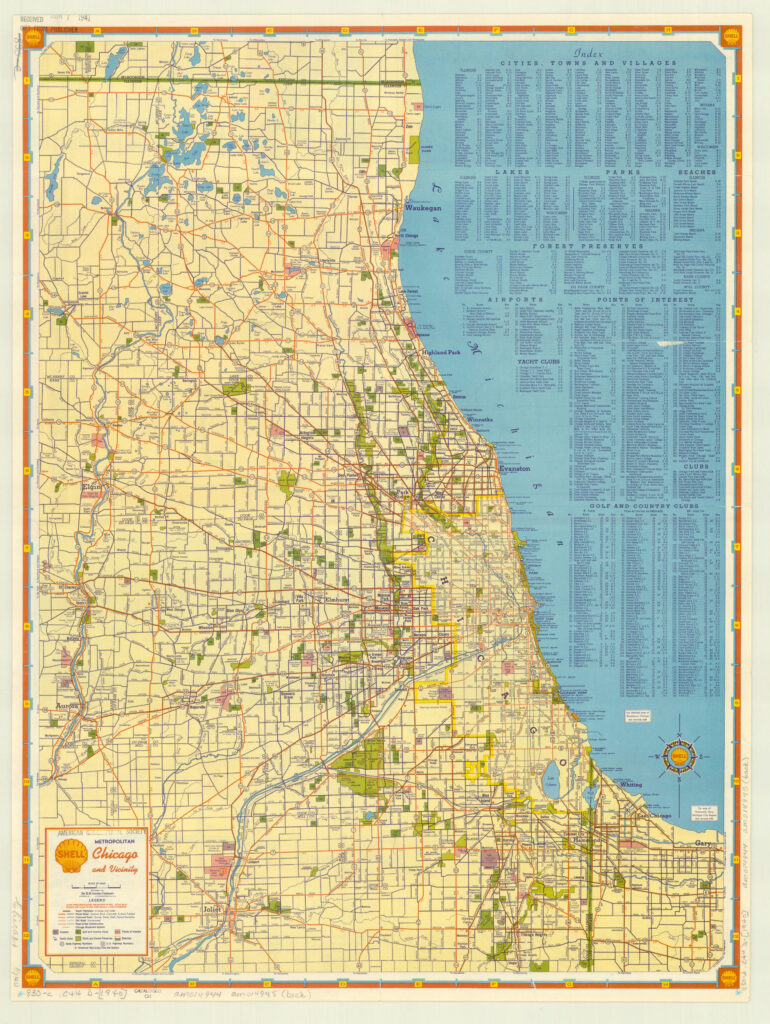
Military Experience
Robert Bass registered for the military draft on October 10, 1944, at the Local Board #7 at 417 E. 47th Street in Chicago, Illinois. Bass was stationed at Fort McClellan in Anniston, Alabama, before shipping to Europe with the 8th Infantry Division, 5th Battalion, B Company, 237th Quartermaster Salvage Collecting Company.
Quartermaster Salvage Companies
The United States military was racially segregated during this time, and many African Americans were placed in support roles, like the Quartermaster Corps, rather than in direct combat roles. Salvage is material that has become unserviceable or property that has been lost, abandoned, or discarded and recovered.
Quartermaster salvage companies were trained to recover, categorize, and classify repairable equipment in the field, which was indispensable in the combat zone. This company also recovered irreparable salvage that could be sold locally, putting money in soldier’s pockets.
The 8th Infantry Division
The 8th Infantry Division was known as the “Golden Arrow” or “Pathfinder” division. They landed on Utah Beach in Normandy, France, weeks after the Allies invaded on D-Day. The 8th Infantry Division traveled to the German border to participate in the heavy fighting in the Hürtgen Forest in November 1944. In early March 1945, the 8th Infantry Division advanced into the Rhineland, fighting its way into the Ruhr region by crossing over the Ludendorff Bridge and pushing further into German territory. They encircled and captured the Ruhr region, which was known as the industrial center of western Germany.
By April 1945, German troops began surrendering by the thousands to the Allied forces. The 8th Infantry Division advanced to the Elbe River in central Germany by May 1945. They also encountered the Wöbbelin subcamp at the Neuengamme concentration camp near the city of Ludwigslust in northern Germany and liberated the prisoners who remained.
Robert Bass likely joined the 237th Quartermaster Salvage Company in France by late 1944 or early 1945. By early 1945, the Allies regained ground lost during the Battle of the Bulge, which began in December 1944 as a last-ditch effort by Germany against the Allied forces as a counter-offensive in the Ardennes Forests of eastern Belgium. Bass was transferred to the HQ 529th Quartermaster Salvage Repair Company, possibly at the end of World War II.
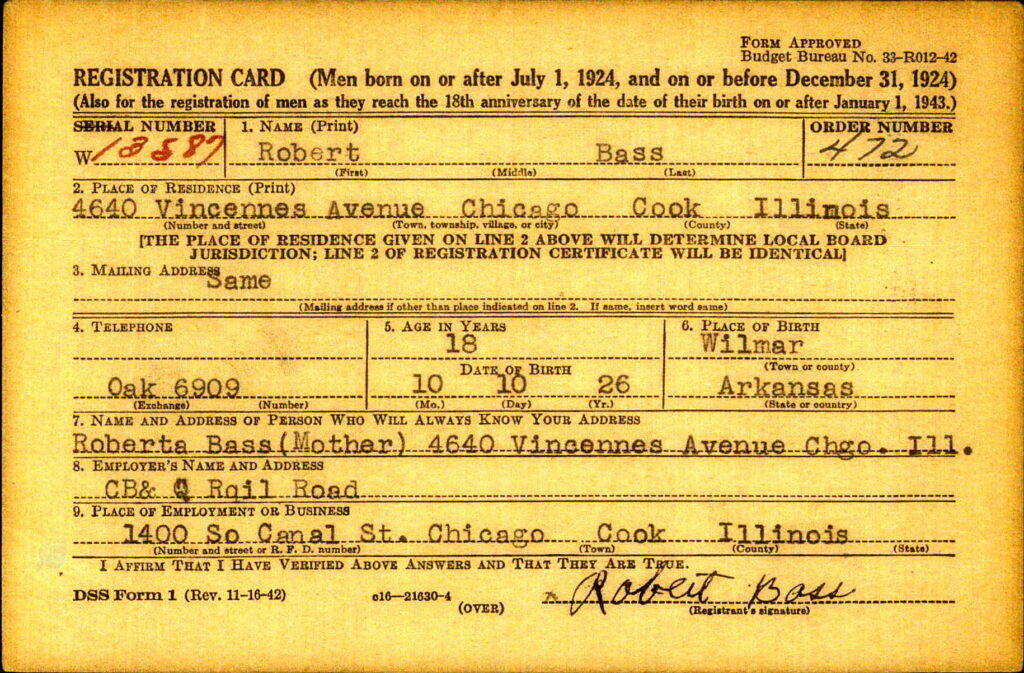
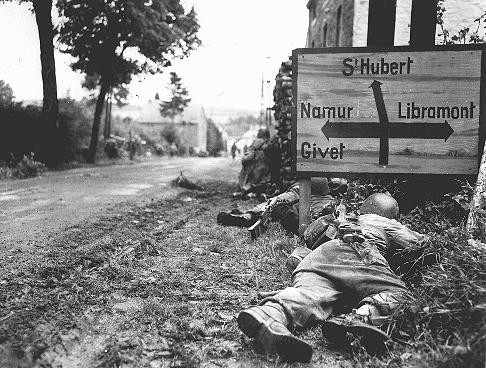
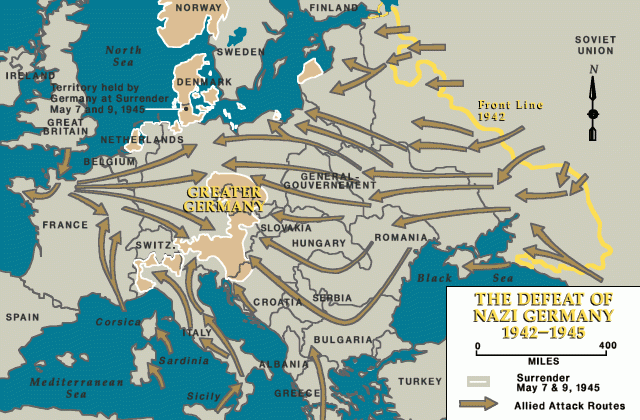
Commemoration
Robert Bass suffered a gunshot wound as the cause of death and was found near Bamburg, Germany, with a date of death estimated to be March 4, 1946. Bass was posthumously awarded the World War II Victory Medal and American Campaign Medal for his service in Europe during World War II.
In May 1948, Samuel Bass, Robert’s father, made the final decision to have his remains interred overseas. He is buried at Lorraine American Cemetery in Saint Avold, France.
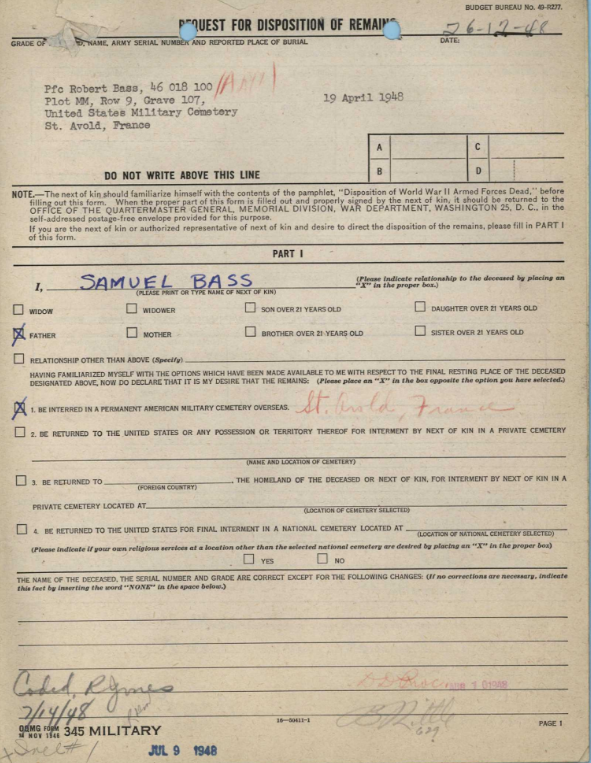
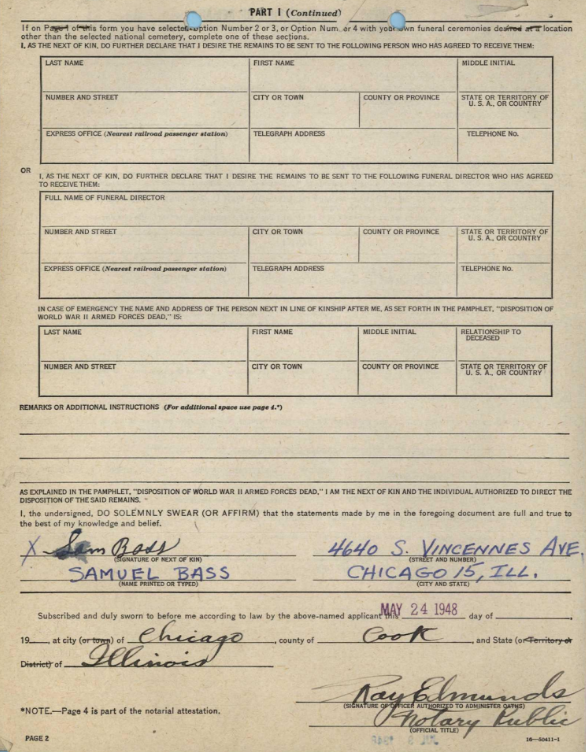

Bibliography
Primary Sources
Arkansas. Lincoln County. 1930 United States Federal Census. Digital images. https://ancestryclassroom.com/.
Cheseldine, Raymond Marshall. Ohio in the Rainbow: Official Story of the 166th Infantry, 42nd Division, in the World War. F.J. Heer Printing Company: 1924. https://www.google.com/books/edition/Ohio_in_the_Rainbow/6eEfAAAAMAAJ?hl=en&gbpv=0
Department of the Army Field Manual: Quartermaster Organization and Operations in Divisions. Department of the Army: 1958. Accessed February 5, 2025. https://www.bits.de/NRANEU/others/amd-us-archive/FM10-7%2858%29.pdf.
H.M. Gousha Company. Metropolitan Chicago and vicinity. Map. 1953. American Geographical Society Library Digital Map Collection, University of Wisconsin-Milwaukee. https://collections.lib.uwm.edu/digital/iiif/agdm/18468/full/full/0/default.jpg.
Illinois. Cook County. 1940 United States Census. Digital images. https://ancestryclassroom.com/.
Lee, Russell. Negro Boys on Easter Morning. Photograph. 1941. Library of Congress (2017789025). https://www.loc.gov/item/2017789025/.
Robert Bass. Individual Deceased Personnel File, Department of the Army. National Archives and Records Administration – St. Louis
Robert Bass. World War II Draft Cards Young Men, 1940-1947. Digital Images. https://ancestryclassroom.com/.
Stecher-Traung Lithograph Corporation. War gardens for victory – Grow vitamins at your kitchen door. Lithograph. c.1939-1945. Library of Congress (96507418). https://www.loc.gov/item/96507418/.
Secondary Sources
“African Americans in Nazi Germany.” The United States Holocaust Memorial Museum Holocaust Encyclopedia. Accessed February 5, 2025. https://encyclopedia.ushmm.org/content/en/article/african-americans-in-nazi-germany.
“American Campaign Medal.” U.S. Air Force’s Personnel Center. Accessed March 14, 2025. https://www.afpc.af.mil/Fact-Sheets/Display/Article/421947/american-campaign-medal/
“Battle of the Bulge.” The United States Holocaust Memorial Museum Holocaust Encyclopedia. Accessed February 5, 2025. https://encyclopedia.ushmm.org/content/en/article/battle-of-the-bulge?series=13.
“Capture of the Bridge at Remagen.” The United States Holocaust Memorial Museum Holocaust Encyclopedia. Accessed February 5, 2025. https://encyclopedia.ushmm.org/content/en/article/remagen?series=13.
Chicago Victory Gardens: Yesterday and Tomorrow. Film. May 13, 2011. Library of Congress (2021688677). https://www.loc.gov/item/2021688677/.
Dupont, Jill. “Chicago.” Oxford African American Studies Center. https://oxfordaasc.com/.
“Encircling the Ruhr.” The United States Holocaust Memorial Museum Holocaust Encyclopedia. Accessed February 5, 2025. https://encyclopedia.ushmm.org/content/en/article/encircling-the-ruhr?series=13.
“Great Depression.” Encyclopedia of Chicago. Accessed December 23, 2024. http://www.encyclopedia.chicagohistory.org/pages/542.html.
Johnson, Zada. “Bronzeville.” Oxford African American Studies Center. https://oxfordaasc.com/.
“PFC Robert Bass.” Find a Grave. Accessed November 18, 2024. https://www.findagrave.com/memorial/56652541/robert-bass.
“Robert Bass.” American Battle Monuments Commission. Accessed November 15, 2024. https://www.abmc.gov/decedent-search/bass%3Drobert-0.
“Robert Bass World War II Gold Star Veteran From Illinois.” Honor States. Accessed November 18, 2024. https://www.honorstates.org/profiles/36241/.
Romanus, Charles F. and Ross, William F. The Quartermaster Corps: Operations in the War Against Germany. U.S. Army Center for Military History, 1991. https://www.govinfo.gov/content/pkg/GOVPUB-D114-PURL-gpo77874/pdf/GOVPUB-D114-PURL-gpo77874.pdf.
“The 8th Infantry Division During World War II.” The United States Holocaust Memorial Museum Holocaust Encyclopedia. Accessed February 5, 2025. https://encyclopedia.ushmm.org/content/en/article/the-8th-infantry-division.
“The History of Bronzeville.” University of Chicago. Accessed December 23, 2024. https://chicagostudies.uchicago.edu/bronzeville/bronzeville-history-bronzeville.
“The Rhine Crossings in World War II.” The United States Holocaust Memorial Museum Holocaust Encyclopedia. Accessed February 5, 2025. https://encyclopedia.ushmm.org/content/en/article/the-rhine-crossings.
“World War II.” Encyclopedia of Chicago. Accessed December 23, 2024. http://www.encyclopedia.chicagohistory.org/pages/1384.htm.
“World War II Victory Medal.” U.S. Air Force’s Personnel Center. Accessed March 14, 2025. https://www.afpc.af.mil/Fact-Sheets/Display/Article/421906/world-war-ii-victory-medal/.
This profile was researched and created through the Researching Silent Heroes program, sponsored by the American Battle Monuments Commission.

